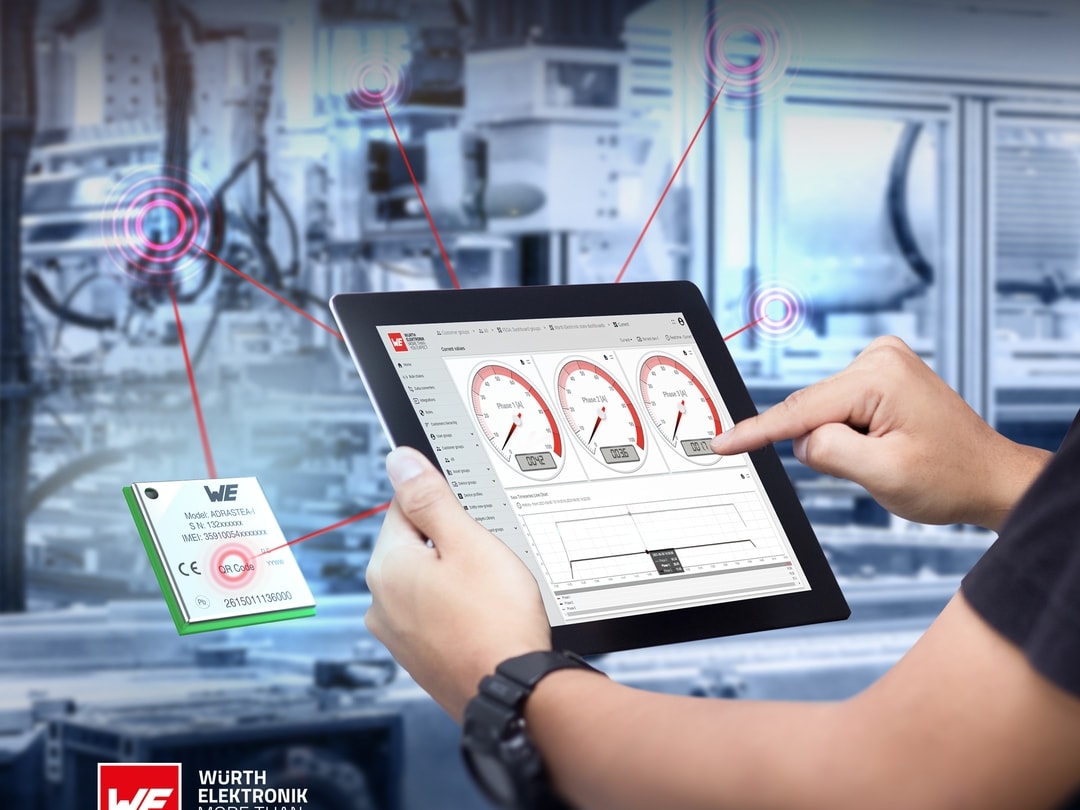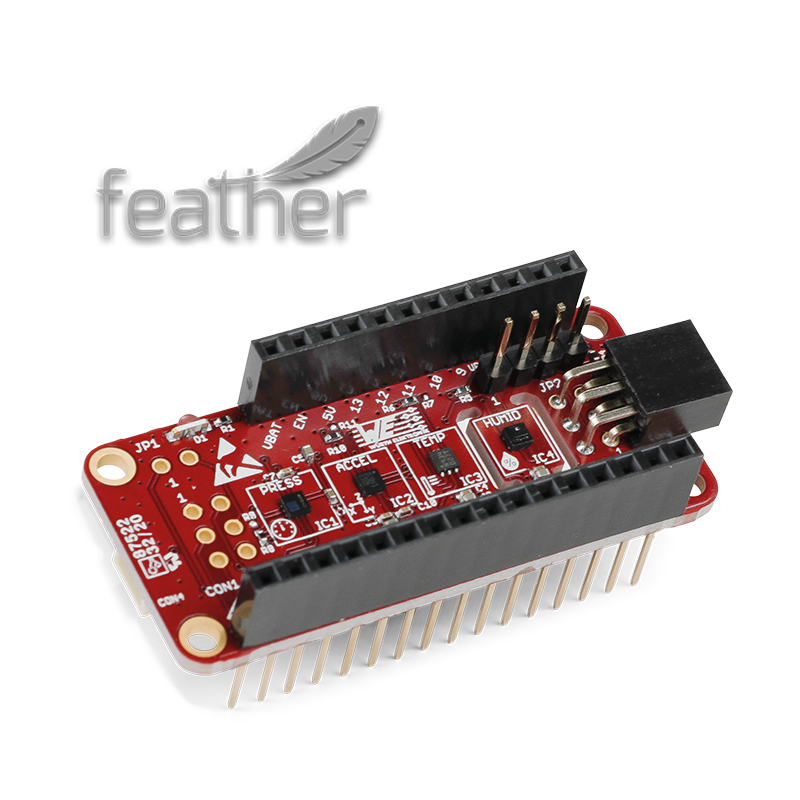
As a manufacturer of sensors and wireless modules, Würth Elektronik knows that these products play an important role in Internet of Things (IoT) devices. Still, it's even more motivating to be involved in the development of an IoT solution. This is what happened in the context of a proof of concept for retrofitting machines. Together with electrical distributor FEGA & Schmitt, which intended to make an existing industrial cutter fit for predictive maintenance, and IAV, which performed the data analysis, we were able to show how IoT functions can be retrofitted in the field.
The goal was to develop an easy-to-install product for FEGA customers to monitor industrial cutters, determine utilization based on current measurements, and detect potential problems with cutters before they occur. Background: Sometimes a certain combination of tool movements can cause tools to break. By identifying these motion sequences, failure prediction can be achieved. As a result, there is significantly less production downtime. In addition, current measurement makes it possible to determine machine utilization and simplifies the planning process.
One challenge: Since the concept was for retrofitting machines that were already in use, it was a strict requirement during installation that neither the customer's infrastructure be impaired nor process downtimes be caused.
Since the movement of the knife hand generates acceleration torques, the use of an acceleration sensor is a good starting point for monitoring movements. With the WSEN-ITDS 3-axis accelerometer, we have the right module for this, and it is also available in a form that allows the project to quickly grow wings.
FeatherWings are a series of stackable prototyping boards with different functions. Würth Elektronik has a range of such development boards on offer - open source and fully compatible with the Feather form factor. These include sensor wings, wireless communication with WE Pro-Ware Wireless or WiFi, and various power supplies.
The WE Sensor FeatherWing is a development board with four sensors. In addition to the Adafruit Feather form factor, it is also compatible with Sparkfun's QWIIC-connect, which provides a standard I²C interface that also works with STEMMA QT and Grove/Gravity. This offers almost endless possibilities in prototyping.
Current measurement to determine machine utilization had to be non-invasive so as not to interfere with the monitored device. For this purpose, the 855-4101/400-001 WAGO split-core current transformer and the SparkFun ACS723 Hall-effect sensor breakout were used. The advantage of using a Hall-effect sensor is that the circuit that senses the sensor and the circuit that reads the sensor are electrically isolated. Therefore, the circuit that senses the sensor can operate at higher DC or AC voltages than the main circuit.
The first phase of data collection used an Industrial IoT gateway compatible with a Raspberry Pi. A Linux-based system was used to generate C code and optimize data collection and transmission, as a large amount of data is required to validate machine behavior. A dashboard was created for the cloud for real-time monitoring of the data using Node-Red and Grafana. In addition, time-stream data was analyzed to identify trends and patterns with machine learning. Similar process patterns are automatically detected and flagged. This data serves as the basis for process statistics that can be used for various use cases such as process monitoring, quality assurance, and predictive maintenance.
By prototyping the proof of concept in two stages, an effective model was created in the first stage, which was then implemented in the second stage. In the second stage, local models were implemented on the microcontroller and only the bare minimum of data was sent. The required data was sent to the cloud via the Adrastea-I mobile module. This is a pre-certified LTE-M/NB-IoT module from Würth Elektronik that is characterized by low power consumption.
The project was a successful proof of concept for electrical wholesaler FEGA & Schmitt, which aims to provide additional value to its existing customers through IoT retrofits. The use of open source standards for prototyping enabled a tremendous implementation speed.
You can read a more detailed report on the project at Electronics Weekly, No 2829, Febr. 8th 2023, p. 22.

